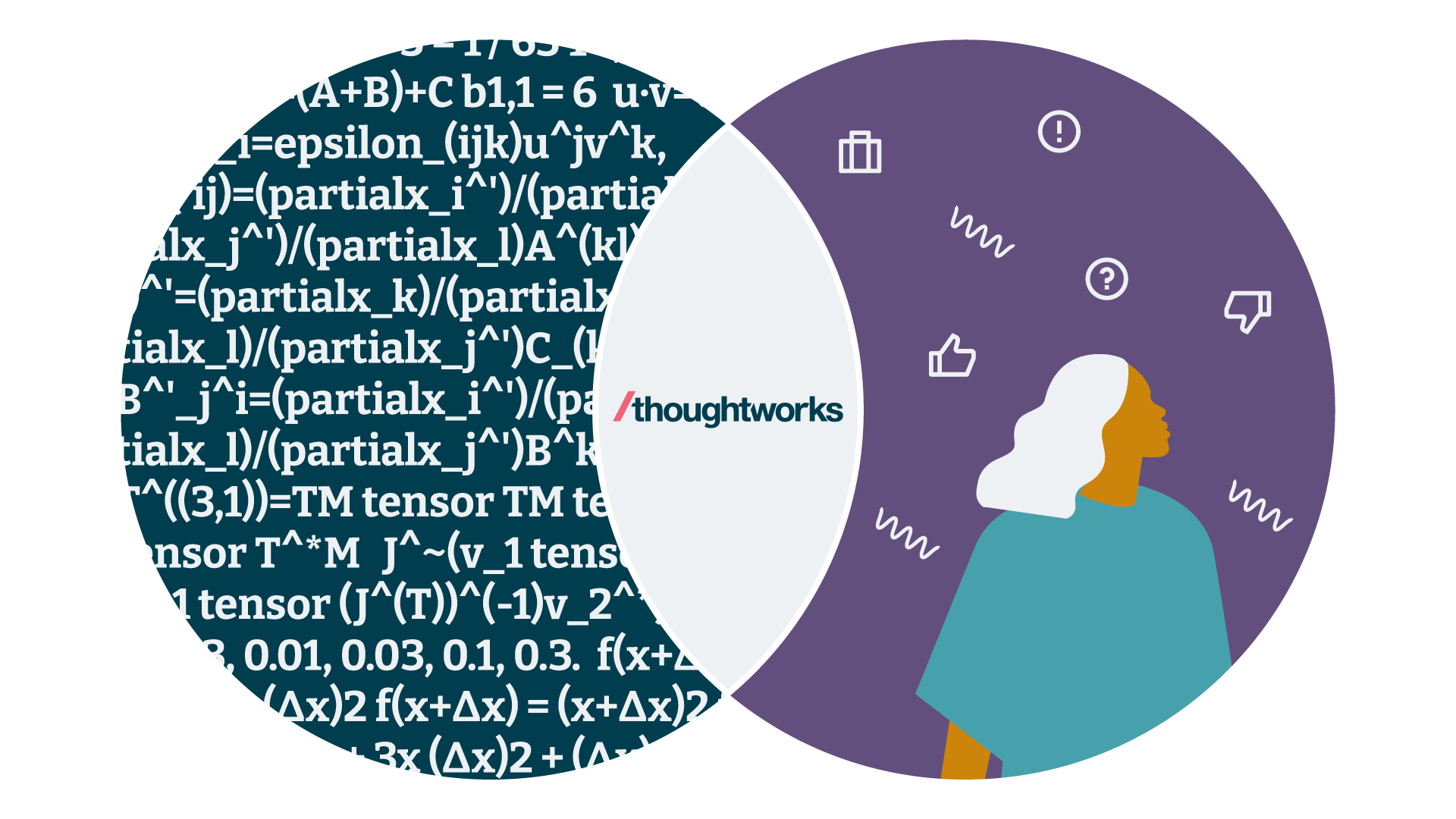Is generative AI mightier than the law?

The FTC hasn’t been shy in going after Big Tech. And in the middle of July, it
took its most important step yet: It opened an investigation into whether
Microsoft-backed OpenAI has violated consumer protection laws and harmed
consumers by illegally collecting data, violating consumer privacy and
publishing false information about people. In a 20-page letter sent by the FTC
to OpenAI, the agency said it’s probing whether the company “engaged in unfair
or deceptive privacy or data security practices or engaged in unfair or
deceptive practices relating to risks of harm to consumers.” The letter made
clear how seriously the FTC takes the investigation. It wants vast amounts of
information, including technical details about how ChatGPT gathers data, how the
data is used and stored, the use of APIs and plugins, and information about how
OpenAI trains, builds, and monitors the Large Language Models (LLMs) that fuel
its chatbot. None of this should be a surprise to Microsoft or ChatGPT. In May,
FTC Chair Lina Khan wrote an opinion piece in The New York Times laying out how
she believed AI must be regulated.
Four Pillars of Digital Transformation
The four principle was understanding your customers and your customer segments.
that's number one. Second is aligning with your customers and your functional
teams. Because you cannot do anything digital transformation in a silo. You can
say, "Oh, Asif and Shane wants to digital transform this company and forget
about what people A and people B are thinking. Shane and I are going to go and
make that happen." We will fail. Not going to happen. That's where the
cross-functional team alignment comes in. The third is influencing and
understanding what the change is, why we want to do it, how we are going to do
it. And what's in it, not for Shane, not for Asif. What's in it for you as a
customer or as an organization? Again, showing the empathy and explaining the
why behind it. And finally, communicating, communicating, communicating,
over-communicating and celebrating success. To me, those are the big four
pillars that we use to sell the idea of what the digital transformation is to at
any level from a C-level, all the way to people at the store level. Can I
explain them what's in it for them?
Scientists Seek Government Database to Track Harm from Rising 'AI Incidents'

Faced with mounting evidence of such harmful AI incidents, the FAS noted the
government database could somewhat align with other trackers and efforts. "The
database should be designed to encourage voluntary reporting from AI developers,
operators, and users while ensuring the confidentiality of sensitive
information," the FAS said. "Furthermore, the database should include a
mechanism for sharing anonymized or aggregated data with AI developers,
researchers, and policymakers to help them better understand and mitigate
AI-related risks. The DHS could build on the efforts of other privately
collected databases of AI incidents, including the AI Incident Database created
by the Partnership on AI and the Center for Security and Emerging Technologies.
This database could also take inspiration from other incident databases
maintained by federal agencies, including the National Transportation Safety
Board's database on aviation accidents." The group further recommended that the
DHS should collaborate with the NIST to design and maintain the database,
including setting up protocols for data validation categorization,
anonymization, and dissemination.
Generative AI: Headwind or tailwind?

It's topping everyone's wish list, with influences converging from various
directions: customers, staff members and corporate boards, all applying pressure
to harness its potential in their respective markets. On the bright side,
there's a unified objective: to make progress. The challenge, however, is that,
like most early-stage technologies, the path forward with generative AI isn't as
straightforward — there's a lot of ambiguity about what to do, how to do it or
even where to start. The potential of generative AI surpasses mere
cost-effectiveness and efficiency. It can fuel the generation of new ideas,
fine-tune designs and facilitate the launch of new products. It could serve as
your catalyst for innovation if you're bold enough to step into this new
frontier. But where do you step first? Our approach is first to identify a
problem or "missing." In the simplest explanation possible, envision a Venn
diagram where one circle represents the new tech wave (generative AI) and the
other represents your customer, their challenges, opportunities, tasks, pains
and gains.
Hackers: We won’t let artificial intelligence get the better of us

Hackers who have adopted or who plan to adopt generative AI are most inclined to
use Open AI’s ChatGPT ... Those that have taken the plunge are using generative
AI technology in a wide variety of ways, with the most commonly used functions
being text summarisation or generation, code generation, search enhancement,
chatbots, image generation, data design, collection or summarisation, and
machine learning. Within security research workflows specifically, hackers said
they found generative AI most useful to automate tasks, analyse data, and
identify and validate vulnerabilities. Less widely used applications included
conducting reconnaissance, categorising threats, detecting anomalies,
prioritising risk and building training models. Many hackers who are not native
English speakers or not fluent in English are also using services such as
ChatGPT to translate or write reports and bug submissions, and fuel more
collaboration across national borders.
Your CDO Does More Than Just Protect Data
Influential CDOs who can collaborate without being perceived as aloof or
arrogant stand out in the field. Balancing visionary thinking with practical
implementation strategies is vital, and CDOs who instill purpose and
forward-looking excitement within their teams create a culture of innovation
and continuous improvement. These qualities are essential for unlocking the
full potential of data leadership. ... With boards needing more depth of
tech knowledge to oversee strategy, CDOs can be valuable directors. CDOs who
can demonstrate experience in making data core to the company’s strategy or
informing a transformational pivot for the business would bring a high
amount of value to boardroom discussions. The opportunity to understand and
see risks and opportunities through a board member’s eyes is an invaluable
experience for a CDO, which not only helps the CDO to prepare for future
board service but also gives your board members additional education about
the future of data and what it can bring to your organization.
Data Warehouse Telemetry: Measuring the Health of Your Systems

At the heart of the data warehouse system, there is a pulse. This is the set
of measures that indicate the system's performance -- its heartbeat, so to
speak. This includes the measurements of system resources, such as disk
reads and writes, CPU and memory utilization, and disk usage. These metrics
are an indicator of how well the overall system is performing. It is
important to measure to make sure that these metrics do not go too low or
too high. When they go too low, it is an indicator that the system has been
oversized and resources are being wasted. When they go too high, it is an
indicator that the system is undersized and resources are nearing
exhaustion. As the resources hit a critical level, overall performance can
grind to a halt, freezing processes and negatively impacting the user
experience. When a medical practitioner sees that a patient’s heart
rate/pulse is too fast or too slow, they will provide several
recommendations, including ongoing monitoring to see if the situation
improves or changes to diet or exercise.
Reducing Generative AI Hallucinations and Trusting Your Data

Data has two dimensions. One is the actual value of the data and the
parameter that it represents; for example, the temperature of an asset in a
factory. Then, there is also the relational aspect of the data that shows
how the source of that temperature sensor is connected to the rest of the
other data generators. This value-oriented aspect of data and the relational
aspect of that data are both important for quality, trustworthiness, and the
history and revision and versioning of the data. There’s obviously the
communication pipeline, and you need to make sure that where the data
sources connect to your data platform has enough sense of reliability and
security. Make sure the data travels with integrity and the data is
protected against malicious intent. ... Generative AI is one of those
foundational technologies like how software changed the world. Mark
[Andreesen, a partner in the Silicon Valley venture capital firm Andreessen
Horowitz] in 2011 said that software is eating the world, and software
already ate the world. It took 40 years for software to do this.
10 Reasons for Optimism in Cybersecurity

The new National Cybersecurity Strategy announced by the Biden
Administration this year emphasizes the importance public-private
collaboration. Google Cloud’s Venables anticipates that knowledge sharing
between the public and private sectors will help enhance transparency around
cyber threats and improve protection. “As public and private sector
collaboration grows, in the next few years we’ll see deeper coordination
between agencies and big tech organizations in how they implement cyber
protections,” he says. The public and private sectors also have the
opportunity to join forces on cybersecurity regulation. ... As the
cybersecurity product market matures it will not only embrace
secure-by-design and -default principles. XYPRO’s Tcherchian is also
optimistic about the consolidation of cybersecurity solutions.
“Cybersecurity consolidation integrates multiple cybersecurity tools and
solutions into a unified platform, addressing the crowded and complex nature
of the cybersecurity market,” he explains.
Keeping the cloud secure with a mindset shift
Organizations developing software through cloud-based tools and environments
must take additional care to adapt their processes. Adapting a “shift-left”
approach for the continuous integration and continuous deployment CI/CD
pipeline is particularly important. Traditionally, security checks were
often performed towards the end of the development cycle. However, this
reactive approach can allow vulnerabilities to slip through the cracks and
reach production stages. The shift-left approach advocates for integrating
security measures earlier in the development cycle. By doing so, potential
security risks can be identified and mitigated early, preventing malware
infiltration and reducing the cost and complexity of addressing security
issues at later stages. This proactive approach aligns with the dynamic
nature of cloud environments, ensuring robust security without hindering
agility and innovation. Businesses should consider how they can mirror the
shift-left ethos across their other cloud operations.
Quote for the day:
"Leadership offers an opportunity to
make a difference in someone's life, no matter what the project." --
Bill Owens
No comments:
Post a Comment